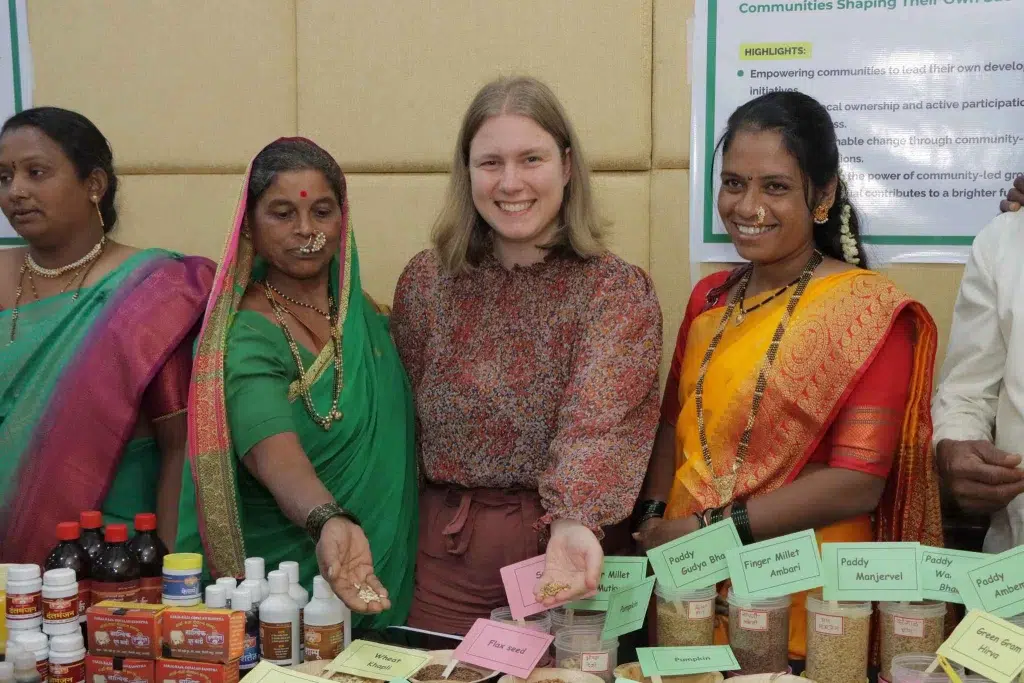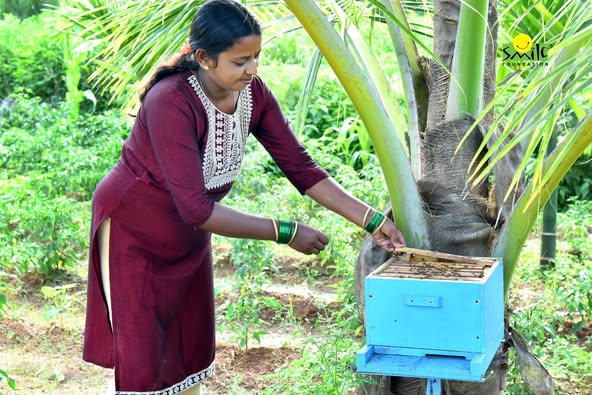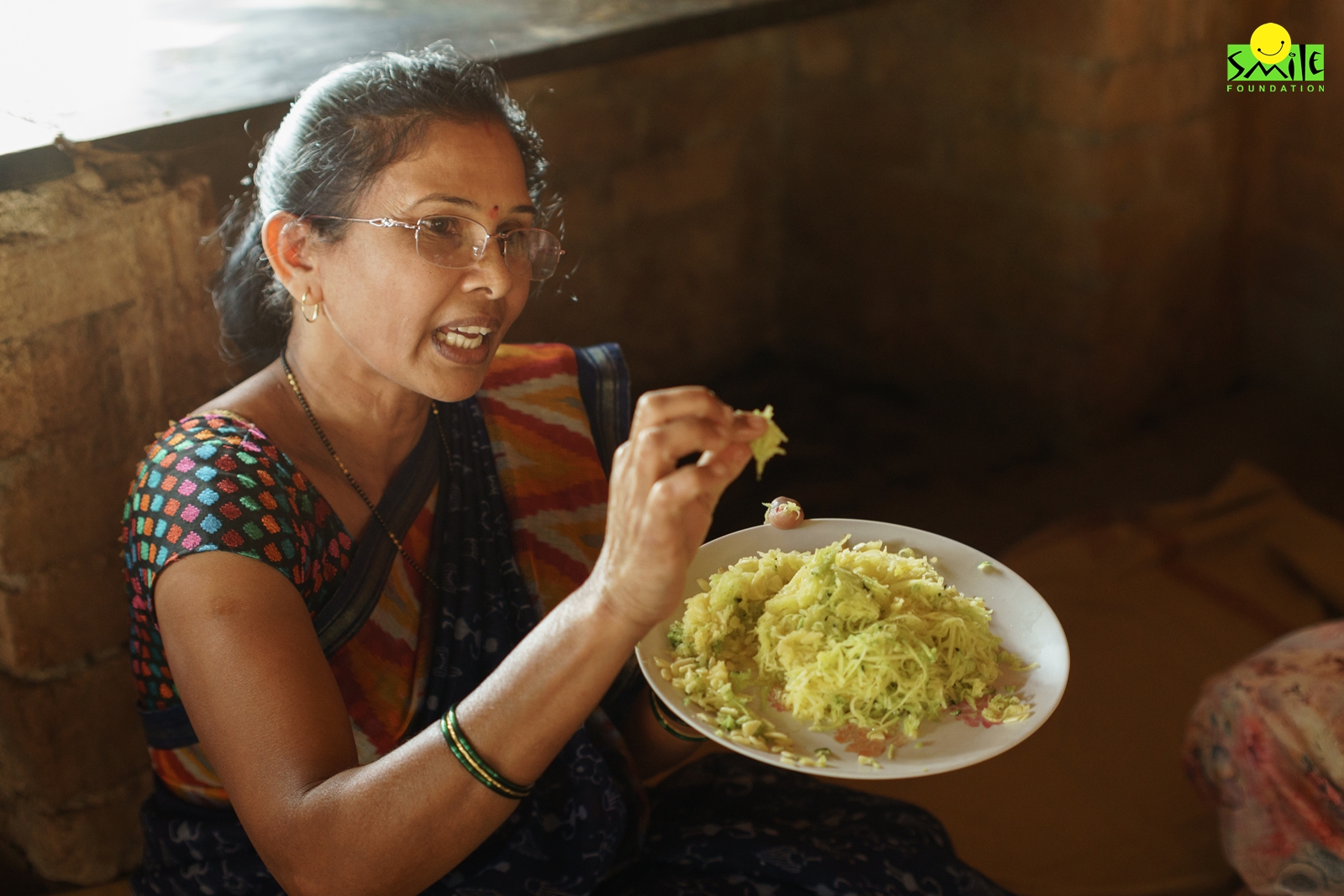Women participation in the workforce lags significantly behind owing to various challenges like gender discrimination, unequal pay, lack of access to education and skill development, insufficient maternity and childcare support, societal norms prioritising unpaid care work and limited representation in leadership roles. Despite these challenges, women have the potential to propel collective growth and empower others, creating change.
When women succeed and lead, they inspire others to envision possibilities beyond societal norms. A woman pursuing higher education motivates peers and younger girls to value learning and strive for academic excellence. Female entrepreneurs contribute to economic growth and help mentor and uplift other women, breaking barriers in traditionally male-dominated industries. Women leaders in the workforce advocate for inclusivity, equal opportunities and supportive policies, creating accessible environments.
Women in Education
Education is the foundation of empowerment and women who get educated educate others and create positive change. According to UNESCO, educating girls improves entire communities: one additional year of schooling can increase a girl’s earnings by up to 20%. Women teachers play a crucial role here, especially in rural and marginalised areas, by making education accessible and relatable for girls.
For instance, in India, 80% of elementary school teachers are women, offering academic lessons and also inspiring young girls to dream beyond societal limitations. Educated women are more likely to advocate for their the education of their daughters, breaking generational cycles of illiteracy. Programmes like the Beti Bachao, Beti Padhao schemes in India further amplify these efforts, aiming to improve female literacy and reduce gender disparities in education.
Women in Employment
Women’s employment is a key driver of economic development and female professionals often create inclusive spaces for other women to thrive. Yet, barriers like gender bias, unequal pay and safety concerns limit their workforce participation. According to recent evidence, only 32.8% of Indian women are part of the labour workforce, significantly lower than the global average of 47%. In addition, women hold an average of 17.1% of board positions in India, which is below the global average of 19.7%.
Despite these challenges, women in leadership roles are rewriting the script. Female managers tend to hire more women, fostering a supportive workplace culture. Women-driven initiatives, like flexible work policies and mentoring programmes, further encourage other women to enter and remain in the workforce.
Entrepreneurial Women
Entrepreneurship offers a unique platform for women to influence economic and social landscapes. Female entrepreneurs contribute to GDP growth and create jobs, especially for other women. However, according to a World Bank survey, women, despite being half the population, own only one out of every three businesses globally. Other evidence states that over half of female-owned businesses globally employ women in managerial roles, compared to just 6.5% of male-owned businesses.
In India, the situation is grim. Women’s participation in the workforce and entrepreneurship remains low, with little change in the number of working women over the last 30 years. However, entrepreneurship offers a brighter picture. Women account for 14% of entrepreneurs and own a good share of micro, small and medium enterprises (MSMEs). These businesses play an important role in industrial output and employ a significant number of people, as noted in the 2023 State of India’s Livelihoods Report.
Initiatives like the Women Entrepreneurship Platform by NITI Aayog provide financial support and training to help women start and expand their ventures. Moreover, women entrepreneurs often serve as mentors and collaborators, creating networks that empower more women to enter the business world. The impact is especially evident in rural areas, where self-help groups led by women drive financial independence and community upliftment.
Women Driving Policy and Leadership
When women step into leadership roles—be it in politics, healthcare or community organisations—they bring unique perspectives that benefit society at large. Women leaders often champion causes like education, healthcare and gender equality, which disproportionately affect other women.
Globally, women occupy only 26.5% of parliamentary seats, but their impact is undeniable. Countries like Rwanda, where women make up over 60% of parliamentarians, have implemented progressive policies that promote gender equality and women’s welfare. In India, the recent passage of the Women’s Reservation Bill aims to reserve 33% of seats in legislatures for women, potentially paving the way for more inclusive policymaking.
Peer Support: Women Drive Other Women
Beyond formal roles, women often support each other informally through mentorship, networking and shared experiences. This peer support is especially critical in overcoming societal barriers like domestic responsibilities, mobility restrictions and cultural norms.
For instance, informal networks of working mothers help others navigate childcare challenges, while women’s cooperatives in agriculture and handicrafts enable financial independence for those in rural areas. Digital platforms like SHEROES, a social network for women in India, exemplifies how technology can amplify these efforts, connecting women to mentors, resources and job opportunities.
Women driving other women is a proven strategy for social and economic transformation. From classrooms to boardrooms, women empower each other to overcome barriers and reach new heights. Whether as educators, entrepreneurs of women empowerment initiative, Swabhiman of Smile Foundation or leaders, their influence benefits entire communities. However, challenges like gender norms, safety concerns and systemic barriers still hinder many women from realising their full potential.
Bridging these gender gaps requires collective effort—strong policies, societal support and women’s relentless determination to uplift one another. As women continue to drive each other forward, they not only change their own lives but also shape a more equitable and inclusive world for future generations. The question now is: how can we, as individuals and as a society, accelerate this momentum and create an environment where they can thrive without limitations?









